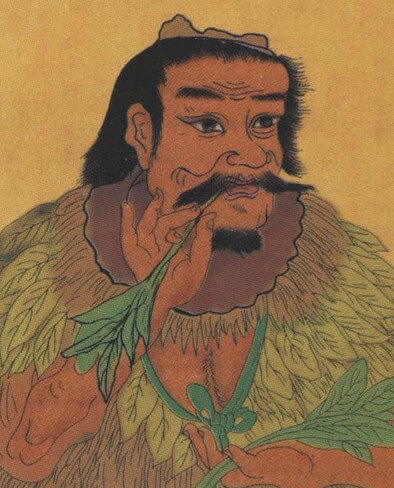
Humans constantly alter the world. We fire fields, turn forests into farms and breed plants and animals. But humans do not just reshape our external world – we engineer our internal worlds and reshape our minds.
One way we do this is by upgrading our mental “software”, so to speak, with myths, religion, philosophy and psychology. The other is to change our mental hardware – our brains. And we do that with chemistry.
Today, humans use thousands of psychoactive compounds to alter our experience of the world. Many derive from plants and fungi, others we manufacture. Some, like coffee and tea, increase alertness – others, like alcohol and opiates, decrease it. Psychiatric drugs affect mood, while psychedelics alter reality.
We alter brain chemistry for all kinds of reasons, using substances recreationally, socially, medicinally and ritually. Wild animals sometimes eat fermented fruit, but there is little evidence that they eat psychoactive plants. We are unusual animals in our enthusiasm for getting drunk and high. But when, where and why did it all start?
Pleistocene period
Some researchers have suggested prehistoric cave paintings were made by humans experiencing altered states of consciousness.
Others, perhaps inspired more by hallucinogens than hard evidence, suggest that drugs triggered the evolution of human consciousness.
African hunter-gathers – Bushmen, Pygmies and the Hadzabe people – likely live their lives in ways similar to ancestral human cultures. The most compelling evidence for the use of drugs by such early humans is a potentially hallucinogenic plant !kaishe, used by Bushmen healers, which supposedly makes people “go mad for a while”.
The implication is that, despite Africa’s diverse plants and fungi, early humans used psychedelics rarely, maybe to induce trances during rituals.
Out of Africa

Migrating out of Africa 100,000 years ago, humans explored new lands and encountered new substances. People discovered opium poppies in the Mediterranean, and cannabis and tea in Asia.
Archaeologists have found evidence of opium use in Europe by 5,700 BC. Cannabis seeds appear in archaeological digs at 8,100 BC in Asia, and the ancient Greek historian Herodotus reported Scythians getting high on weed in 450 BC. Tea was brewed in China by 100 BC.
It is possible our ancestors experimented with substances before the archaeological evidence suggests. Stones and pottery preserve well, but plants and chemicals decay quickly. For all we know, Neanderthals could have been the first to smoke pot.
But archaeology suggests the discovery and intensive use of psychoactive substances mostly happened late, after the Neolithic Revolution in 10,000 BC, when we invented farming and civilisation.
American psychonauts

When hunters trekked across the Bering Land Bridge 30,000 years ago into Alaska and headed south, they found a chemical cornucopia. Here, the hunters discovered tobacco, coca and maté. But for some reason, indigenous Americans were especially fascinated with psychedelics.
American psychedelics included peyote cactus, San Pedro cactus, morning-glory, Datura, Salvia, Anadenanthera, Ayahuasca, and over 20 species of psychoactive mushrooms. It was a pre-Columbian Burning Man. Indigenous Americans also invented the nasal administration of tobacco and hallucinogens. They were the first to snort drugs – a practice Europeans later borrowed.
This American psychedelic culture is ancient. Peyote buttons have been carbon-dated to 4,000 BC, while Mexican mushroom statues hint at Psilocybe use in 500 BC. A 1,000-year-old stash found in Bolivia contained cocaine, Anadenanthera and ayahuasca – and must’ve been one hell of a trip.





